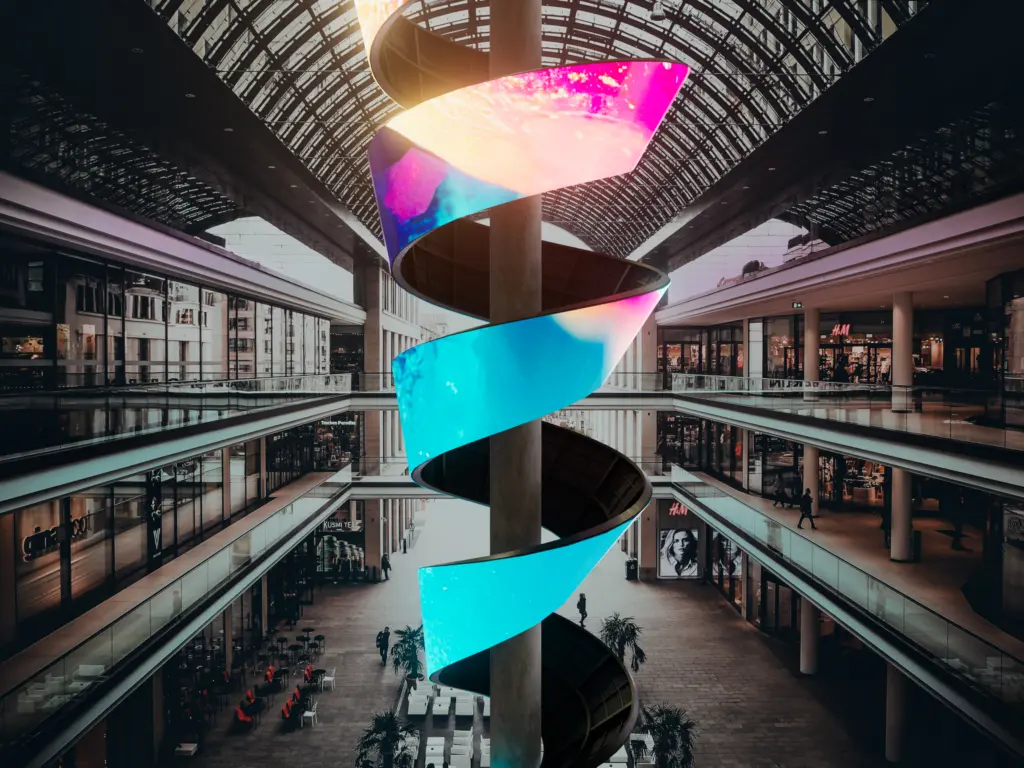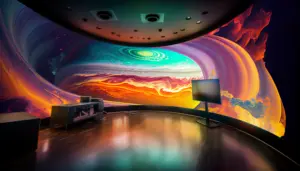LED Studio is introducing the Curvus series, a flexible fine pitch LED display with common cathode, flip-chip, and glue on board (GOB) manufacturing technologies. In the context of LED displays, GOB technology is a manufacturing method used to enhance the durability, robustness, and heat dissipation capabilities of LED display panels. It involves directly attaching a glass layer to the LED display module, typically using a special adhesive or encapsulation process.
The use of GOB technology offers several advantages, including increased resistance to physical damage, protection against environmental factors, and improved thermal management. This makes LED displays incorporating GOB technology well-suited for applications where durability and reliability are essential, such as digital signage installations in public spaces and outdoor environments.


The integration of the common cathode driver should also be enhancing energy efficiency and color performance, ultimately extending the product’s lifespan and aligning with ESG framework requirements. ommon cathode designs can be more energy-efficient than common anode designs because they allow for finer control of each LED’s brightness. Common cathode configurations can also offer improved color performance because they enable better control over the red, green, and blue (RGB) channels in each LED. Additionally, with pixel pitches available in the range of 1.25mm to 4mm, catering to both close-up and distant viewing, the Curvus series touts its flexible modules, helping create convex and concave curve formations.
The Curvus series has a tailor-made lightweight framework that streamlines the installation of concave and convex displays and should provide ease of servicing. Employing snap magnet modules, this design approach is expected to reduce downtime but also enhances reliability, contributing to efficient maintenance procedures.
With a 3840Hz refresh rate, the Curvus series is suited for applications in virtual production and broadcast settings. By curving the display walls, it can transform into a CYC wall (curved background), eliminating the need for conventional green screens and enabling the creation of infinitely large interactive visuals.

